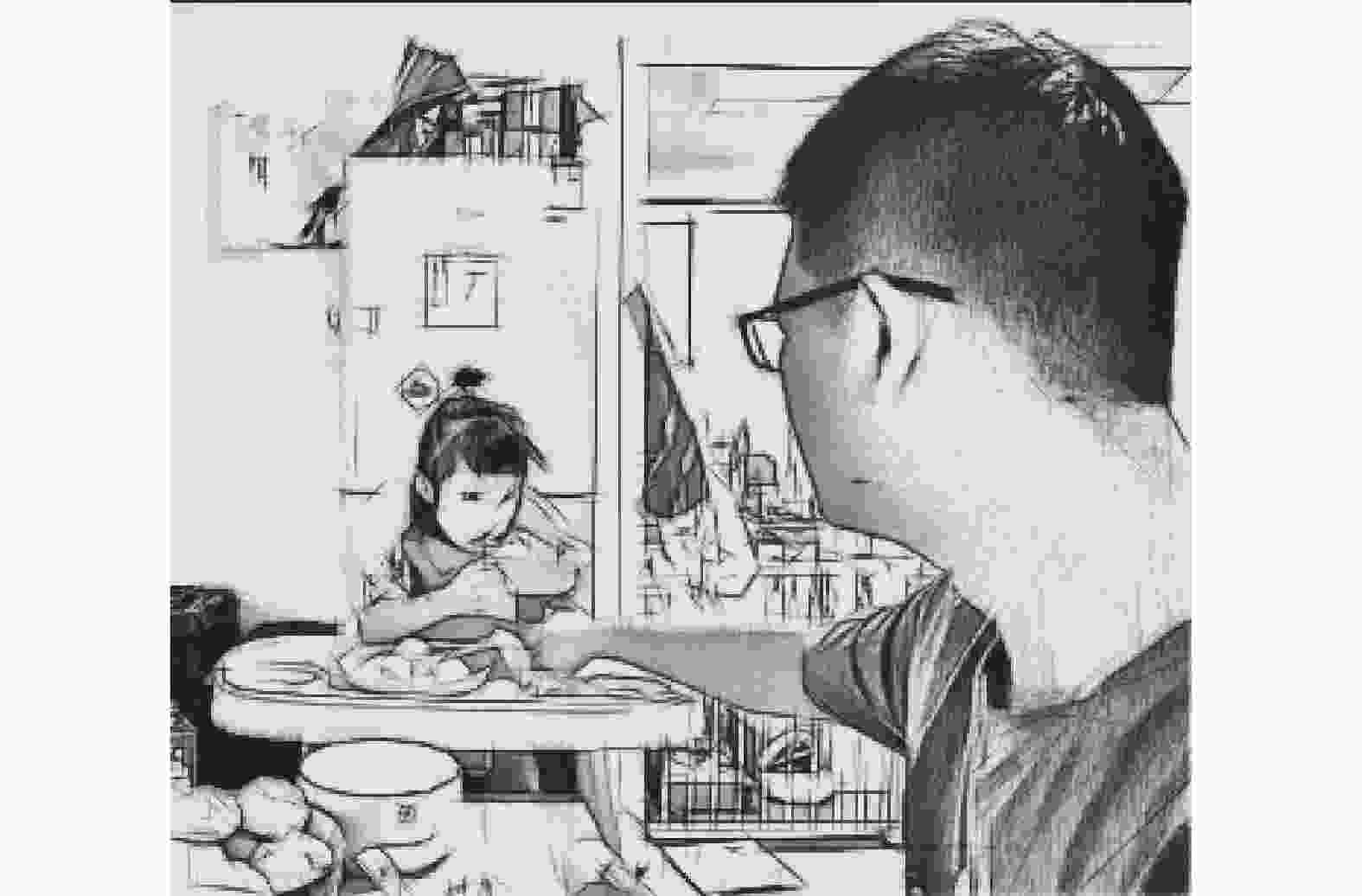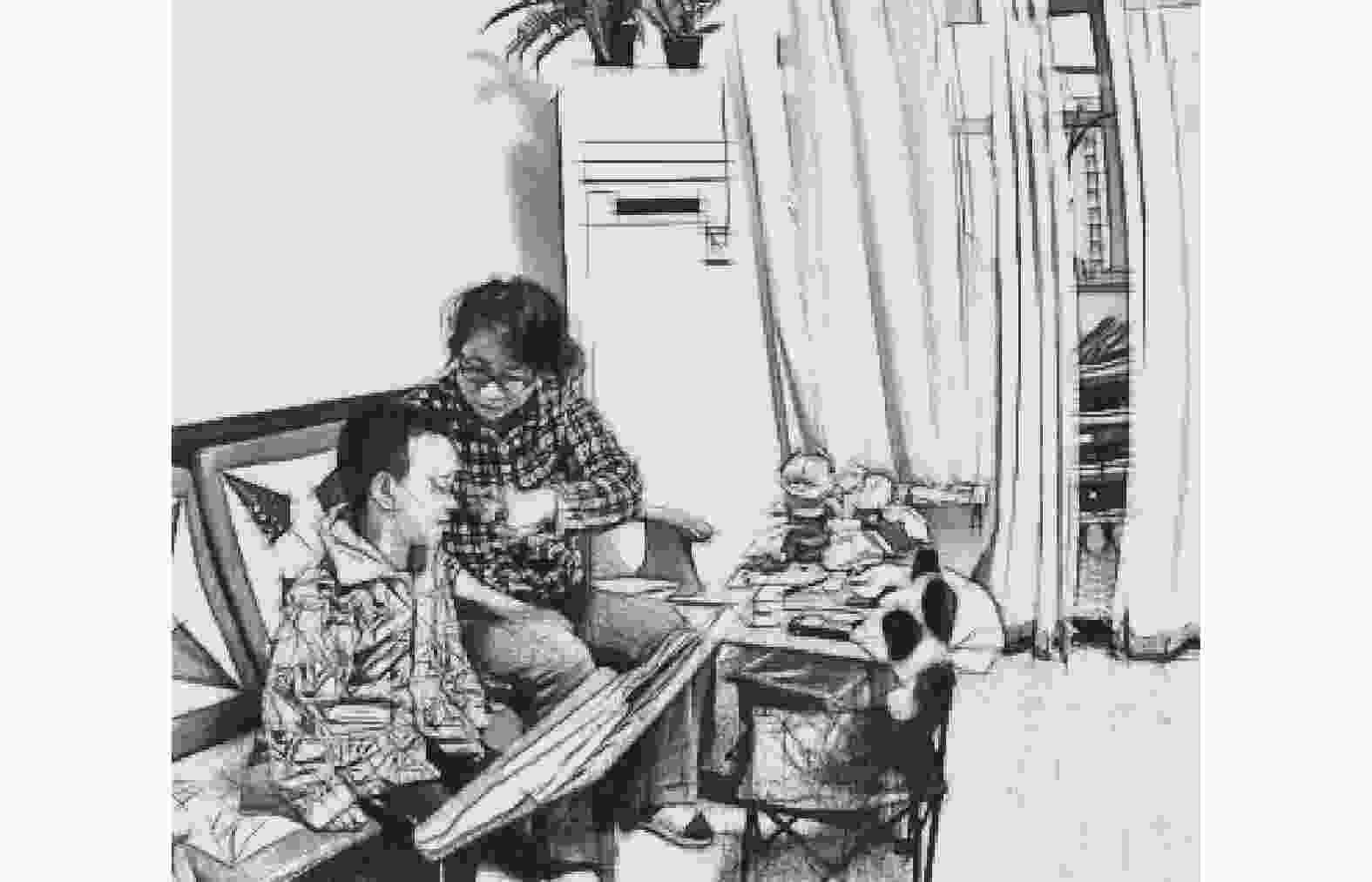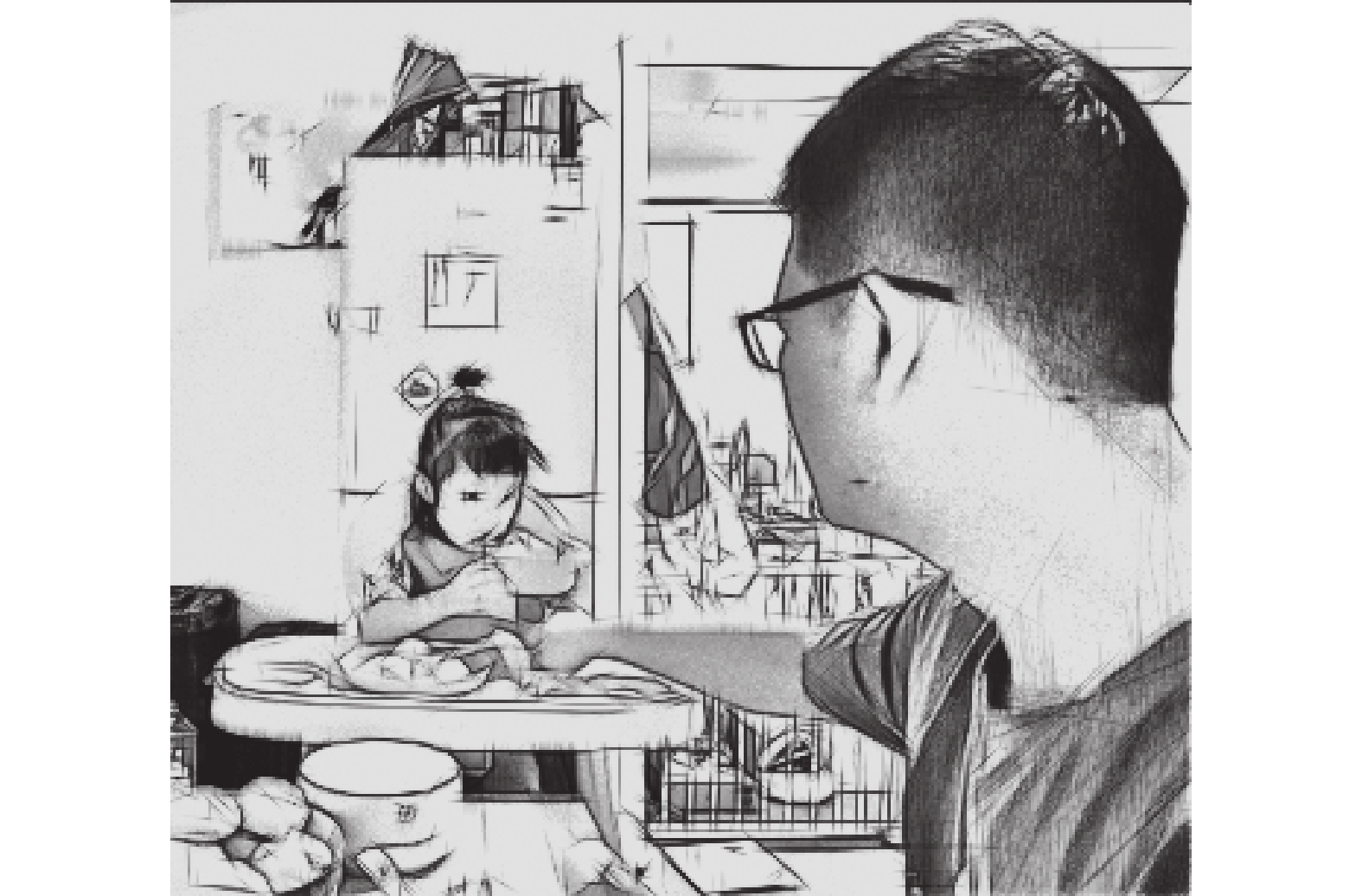Category Construction and Orientation in Parent/Child Interaction
-
摘要: 亲子互动作为一种言谈应对的具体类型,本质上是由家长和孩童共同完成的一项互动成就。研究采用来自四个家庭的亲子互动录像和转写为语料,融合会话分析研究(CA)和成员范畴分析(MCA),提出了范畴研究的社会行为观。语料分析证明亲子互动过程中家长和孩童通过在具体序列位置执行的社会行为,建构和观照家长/孩童、玩伴/玩伴及教师/学生三种不同的社会范畴关系对,呈现三种不同的成员范畴化机制。研究提出的成员范畴社会行为观创新了MCA研究,彰显了CA与MCA融合的可能性和必要性;研究发现还有助于我们对亲子互动的深层次理解和具体应用。Abstract: Parent/Child interaction as a type of talk-in-interaction is fundamentally a participant-produced interactive achievement. Taking video recordings and transcripts of parent/kid interactions from four families as its data, and integrating Conversation Analysis (CA) with Membership Categorisation Analysis (MCA), we propose to understand categorisation as constructed by social actions. Data analyses show three relation pairs, namely, guardian/kid, friend/friend, and teacher/pupil, are co-constructed and oriented to by relevant parties with social actions executed at specific sequential positions by parents and children, evoking three different member categorisation devices. This research not only innovates MCA studies, but also showcases the necessity and possibility of integrating CA with MCA. Research findings have deepened our understanding of parent/child interaction and might be applied in social practice.
-

图 1 爸爸擦掉女儿洒出的稀饭②

图 2 妈妈M4讲第7行时,指向孩子的眼睛

图 3 妈妈和儿子在玩战斗游戏

图 4 女儿告诉爸爸家里的宠物猫Pokey上幼儿园

图 5 女儿告诉爸爸玩具的体温

图 6 妈妈教育K4
表 1 语料具体信息
儿童编码 性别 与成人关系 录制年龄/岁 主要场景 视频总长/小时 K1 女 父女/母女 [2.4~2.7] 游戏 用餐 6.5 K2 女 父女 [3.6~3.7] 游戏 用餐 1 K3 男 母子 [3.5~4.10] 游戏 聊天 6.5 K4 男 母子/父子 [5.1~5.5] 游戏 用餐 6 转写体例说明: (0.6) 沉默时长,单位为秒。若沉默出现在话轮转换相关处,则会在客观测量的时长基础上减去话轮转换的一般间隔0.2秒; (.) 小于0.2秒的短暂沉默; = 表示前后两个话轮间没有停顿。一般成对出现,一个在上一话轮的末尾,另一个在下一话轮的开头处出现。单独使用时常用在话轮转换相关处,表示新话轮构建单位的骤然增加; [ ] 标记话语重叠; [ 用于不同交际者的话轮,标记重叠开始位置; ] 用于不同交际者的话轮,标记重叠结束位置; ↑ 语调突然升高; . ? , “.”表示降调,“?”表示升调,“,”表示声调较平; ¿ 表示声调略微上扬; - “-”表示声音的突然中断; ::: “:::”表示音节的拖长,每个“:”一般代表0.1~0.2秒的拖长; > < 框起来的话语被压缩表述,语速明显快于正常节奏; < > 框起来的话语被缓慢表述,语速明显慢于正常节奏; ____ 下划线表示强调的说话方式,包括响度增加或音调升高; .hhh 吸气音,一个“h”代表0.1~0.2秒; hhh. 呼气音,一个“h”代表0.1~0.2秒; $... $ 说话伴随着笑声; (( )) 双括号内为非言语的交际形式; 方框内文字 方框内文字为提醒读者注意的内容; 方框内文字 阴影内文字为提醒读者注意的内容。 -
[1] GOFFMAN E. Interaction Ritual: Essays on Face-to-face Behaviour [M]. New York: Doubleday Anchor, 1967. [2] GARFINKEL H. Studies in Ethnomethodology [M]. Cambridge: Polity Press, 1967. [3] GOODWIN M H & CEKAITE A. Embodied Family Choreography: Practices of Control [M]. London & New York: Routledge, 2018. [4] SACKS H. Lectures on Conversation (Vols I and II) [M]. Oxford: Blackwell, 1995. [5] HOUSLEY W & FITZGERALD R. Introduction to membership categorisation analysis [C] // FITZGERALD R & HOUSLEY W. Advances in Membership Categorisation Analysis. London: Sage, 2015: 1-21. [6] TAJFEL H & TURNER J C. The social identity theory of intergroup behaviour [C] // WORCHEL S & AUSTIN W G. Psychology of Intergroup Relations. Chicago: Nelson-Hall, 1986: 7-24. [7] TURNER J, Hogg M, Oakes P, et al. Rediscovering the Social Group: A Self-categorisation Theory [M]. Cambridge: Basil Blackwell, 1987. [8] EDWARDS D. Categories are for talking:on the cognitive and discursive bases of categorisation [J]. Theory & Psychology, 1991, 1(4):515-542. [9] YU G & WU Y. Managing expert/novice identity with actions in conversation:identity construction and negotiation [J]. Journal of Pragmatics, 2021, 178:273-286. doi: 10.1016/j.pragma.2021.03.021 [10] SACKS H. On the analysability of stories by children [C] // GUMPERZ J J & HYMES D. Directions in Sociolinguistics: The Ethnography of Communication. New York: Rinehart and Winston, 1972: 325-345. [11] SCHüTZ A. The Structures of the Life-world (Vol. 1) [M]. Evanston: Northwestern University Press, 1973. [12] SACKS H. Hotrodder: a revolutionary category [C] // PSATHAS G. Everyday Language: Studies in Ethnomethodology. New York: Irvington Publishers Inc, 1979: 7-14. [13] SACKS H. On the analysability of stories of children [C] // TURNER J J. Ethnomethodology. Harmondsworth: Penguin, 1974: 216-32. [14] WATSON R. De-reifying categories [C] // FITZGERALD R & HOUSLEY W. Advances in Membership Categorisation Analysis. London: Sage, 2015: 23-49. [15] DREW P. Conversation analysis and social action [J]. 外国语,2013,36(3):2-19. [16] SACKS H,SCHEGLOFF E A & JEFFERSON G A. Simplest systematics for the organization of turn-taking for conversation [J]. Language, 1974, 50(4):696-735. doi: 10.1353/lan.1974.0010 [17] HEPBURN A & BOLDEN G. Transcribing for Social Research [M]. London: Sage, 2017. [18] SACKS H. Lectures on Conversation (Vols I and II) [M]. Oxford: Blackwell, 1992. [19] TANNEN D. Power maneuvers or connection maneuvers? Ventriloquizing in family interaction [C] // TANNEN D & ALATIS J E. Linguistics, Language, and the Real World: Discourse and Beyond. Washington, D. C. : Georgetown University Press, 2003: 50-62. [20] TANNEN D. Abduction and identity in family interaction: ventriloquizing as indirectness [J]. Journal of Pragmatics, 2010, 42(2): 307–316. [21] SCHEGLOFF E A,JEFFERSON G & SACKS H. The preference for self-correction in the organization of repair in conversation [J]. Language, 1977, 53(2):361-382. doi: 10.1353/lan.1977.0041 [22] 向大军. 现代汉语“让”字的功能视角研究[J]. 北京科技大学学报(社会科学版),2019,35(6):10-17. [23] WATSON R. Categorization,authorization and blame-negotiation in conversation [J]. Sociology, 1978, 12(1):105-113. doi: 10.1177/003803857801200106 [24] HERITAGE J. Action formulation and its epistemic (and other) backgrounds [J]. Discourse Studies, 2002, 15(10):551-78. [25] 何伟,安德鲁·格特力. 生态语言学的学科属性及其分支生态文体学−安德鲁·格特力教授访谈录[J]. 北京科技大学学报(社会科学版),2020,36(1):1-7. doi: 10.3969/j.issn.1008-2689.2020.01.001 -




 下载:
下载:


